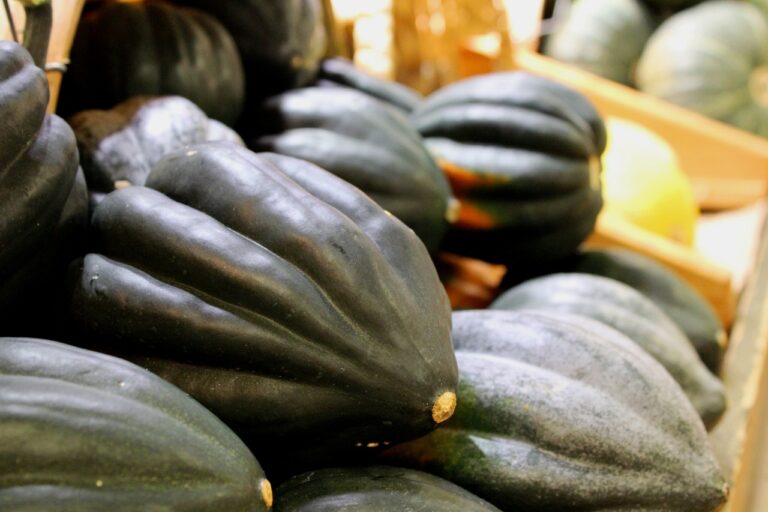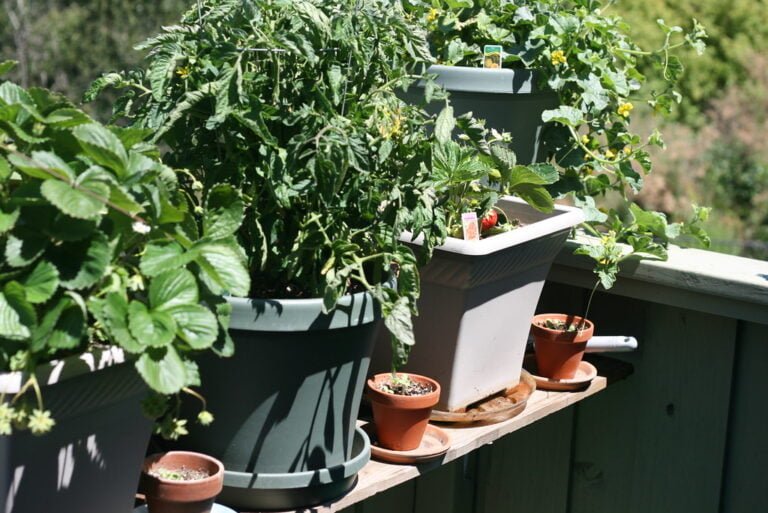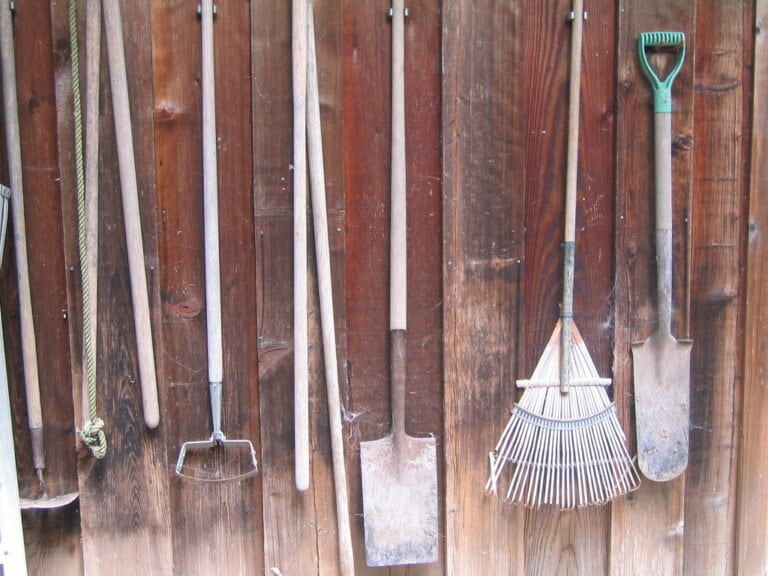A Comprehensive Guide to Growing Portobello Mushrooms at Home
If you've ever wanted to grow your own delicious portobello mushrooms at home, this comprehensive guide is here to help. From selecting the perfect growing environment to harvesting at the right time, you'll find all the practical tips and detailed instructions you need. Learn how to prepare the growing medium, plant the spores, and maintain optimal temperature and humidity. With our guide, you'll be serving up fresh, homemade portobello mushrooms in no time. Let's get started!
Choosing the Right Growing Environment
To successfully grow Portobello mushrooms at home, you need to choose the right growing environment. The first step is to find a suitable location for your mushroom beds. Look for an area that receives indirect sunlight and has good air circulation. A shaded spot under a tree or on a covered porch would work well. Next, consider the temperature and humidity levels. Portobello mushrooms thrive in temperatures between 60-70°F and a humidity level of 70-90%. You can achieve these conditions by placing a humidifier or a tray of water near the mushroom beds. Additionally, make sure the soil is well-drained and rich in organic matter. Finally, keep the growing area clean and free from pests. Regularly inspect the beds and remove any weeds or insects that may harm the mushrooms. By providing the right growing environment, you will increase your chances of a successful harvest.
Selecting Quality Portobello Mushroom Spores
To select quality Portobello mushroom spores, you will need to consider a few key factors. First, ensure that you purchase your spores from a reputable supplier. Look for a supplier who has a good reputation for providing high-quality spores that are free from contaminants. It's also important to choose spores that are fresh and viable. Check the expiration date on the packaging and look for spores that are plump and dark in color. Additionally, consider the variety of Portobello mushroom spores you want to grow. There are different varieties available, each with its own unique characteristics. Research and choose a variety that suits your preferences and growing conditions. By considering these factors, you can ensure that you select high-quality Portobello mushroom spores for a successful harvest.
Preparing the Growing Medium
Now that you have selected quality Portobello mushroom spores, it's time to prepare the growing medium. The growing medium is crucial for providing the necessary nutrients and conditions for the mushrooms to thrive. Start by obtaining a mix of compost and organic materials, such as straw or wood chips. This will create a nutrient-rich base for the mushrooms to grow. Next, sterilize the growing medium to eliminate any harmful bacteria or fungi. You can do this by heating the mixture in an oven or using a pressure cooker. After sterilization, let the medium cool down before adding the spores. Mix the spores evenly into the growing medium and place it in a clean container. Now you are ready for the next step: creating the perfect environment for your Portobello mushrooms to grow.
Planting the Portobello Mushroom Spores
After preparing the nutrient-rich growing medium and sterilizing it to eliminate harmful bacteria or fungi, you will now proceed to plant the Portobello mushroom spores. To begin, make sure you have a clean, sterile container ready. This can be a plastic tray or a pot with drainage holes. Fill the container with the prepared growing medium, ensuring that it is evenly distributed. Next, sprinkle the Portobello mushroom spores on the surface of the medium. It's important to evenly distribute the spores to encourage uniform growth. Gently press the spores into the medium using a clean, sterilized utensil. Finally, cover the container with a plastic bag or a clean cloth to maintain moisture and prevent contamination. Place the container in a warm, dark area and wait for the spores to germinate, which usually takes around 10-14 days.
Maintaining Optimal Temperature and Humidity
After planting the Portobello mushroom spores, you will need to maintain optimal temperature and humidity levels to ensure successful growth. Portobello mushrooms thrive in temperatures between 65-75°F (18-24°C). Use a thermometer to monitor the temperature and make adjustments as necessary. If the temperature drops below the ideal range, consider using a small heater or heat mat to maintain warmth. On the other hand, if the temperature rises above the optimal range, use fans or air conditioning to cool the growing area.
Humidity is equally important for the growth of Portobello mushrooms. Aim for a humidity level of 80-90%. To achieve this, mist the growing area with water several times a day. You can also use a humidifier to maintain the desired humidity level. Additionally, placing a tray filled with water near the mushrooms can help increase humidity through evaporation.
Watering and Fertilizing the Mushrooms
To ensure the successful growth of your Portobello mushrooms, it is important to properly water and fertilize them. Mushrooms thrive in moist environments, so watering is crucial. Keep the growing area consistently moist, but not overly saturated. Use a spray bottle or misting system to water the mushrooms gently, ensuring that the substrate is damp, but not dripping. Avoid using chlorinated water, as it may harm the delicate mushroom mycelium. Instead, opt for filtered or dechlorinated water. When it comes to fertilizing, mushrooms don't require traditional fertilizers. Instead, use organic materials like compost or well-rotted manure. Apply a thin layer of the compost or manure over the substrate and gently mix it in. This will provide the necessary nutrients for healthy mushroom growth. Remember to maintain a balance between proper watering and fertilizing to achieve optimal results.
Managing Pest and Disease Control
To maintain the health of your Portobello mushrooms, it is essential to manage pest and disease control in your growing area. Pests, such as slugs, snails, and mites, can wreak havoc on your mushrooms if left unchecked. One effective way to control these pests is by regularly inspecting your growing area and removing any visible pests by hand. Additionally, you can create a barrier around your mushrooms using diatomaceous earth or crushed eggshells to deter pests. Disease control is equally important, as fungal infections can quickly spread and destroy your crop. To minimize the risk of disease, ensure good air circulation, maintain proper humidity levels, and promptly remove any infected mushrooms. Regularly disinfecting your tools and growing containers can also prevent the spread of disease. By implementing these pest and disease control measures, you can ensure the health and productivity of your Portobello mushrooms.
Harvesting Portobello Mushrooms at the Right Time
Once you have managed pest and disease control in your growing area, it is important to know when to harvest your Portobello mushrooms. Harvesting at the right time ensures the best flavor and texture. The ideal time to harvest Portobello mushrooms is when the caps have fully expanded and the gills underneath are still closed and white. Look for caps that are firm and about 4-6 inches in diameter. To harvest, gently twist the mushroom cap off the stem, being careful not to damage the surrounding area. Avoid waiting too long to harvest, as the mushrooms will become overly mature and the caps will flatten and release spores. By harvesting at the right time, you can enjoy the freshest Portobello mushrooms for your meals.
Storing and Preserving Portobello Mushrooms
After harvesting your Portobello mushrooms at the right time, it's crucial to know how to properly store and preserve them. To extend their freshness and flavor, follow these simple steps. Start by gently brushing off any dirt or debris from the mushrooms using a soft brush or a damp paper towel. Avoid washing them as they can absorb excess moisture. Next, place the mushrooms in a paper bag or a breathable container, such as a mesh bag or a mushroom storage container. Store them in the refrigerator, preferably in the crisper drawer, where the temperature is cool and the humidity is higher. Avoid storing them near strong-smelling foods as mushrooms can easily absorb odors. When stored properly, Portobello mushrooms can last for up to a week.
Troubleshooting Common Mushroom Growing Issues
If you encounter any issues while growing your Portobello mushrooms at home, you can easily troubleshoot common problems to ensure a successful harvest. One common issue is fungal contamination, which can be identified by the presence of mold or unusual growth on the substrate. To address this, remove any contaminated mushrooms and dispose of them properly. Increase ventilation and ensure proper humidity levels to prevent further contamination. Another problem you might face is slow or no mushroom growth. This could be due to insufficient moisture or low temperatures. Make sure the substrate is adequately moistened and maintain a temperature between 60-70°F. Additionally, if your mushrooms are small or misshapen, it could be caused by insufficient light or overcrowding. Provide adequate light and ensure proper spacing between mushrooms to promote healthy growth. By troubleshooting these common issues, you can overcome any challenges and enjoy a bountiful harvest of Portobello mushrooms.
Conclusion
In conclusion, growing portobello mushrooms at home can be a rewarding and enjoyable experience. By following the steps outlined in this comprehensive guide, you can create the ideal growing environment, select quality spores, and maintain optimal conditions for your mushrooms to thrive. With proper care and attention, you will soon be harvesting and enjoying delicious portobello mushrooms straight from your own garden. Happy growing!






